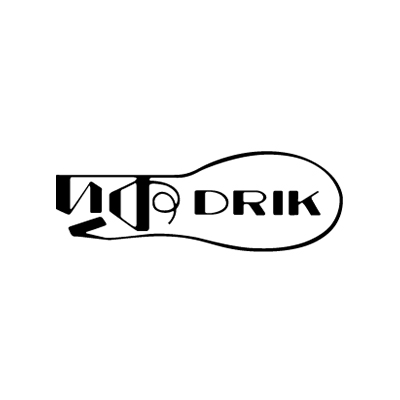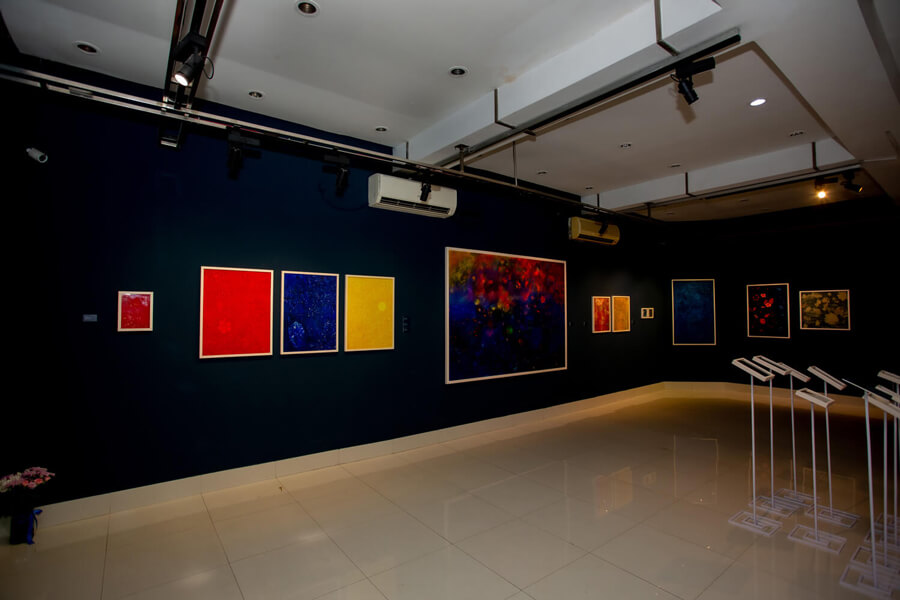Exhibitions and Events
360-degree virtual tours can greatly enhance the exhibition and event industry by providing an immersive and accessible way for attendees to experience exhibitions, trade shows, and events.
360-degree virtual tours can also be a powerful tool for archiving exhibitions, preserving them for future reference and enabling wider access to the exhibited content.
These tours can be hosted on event websites or platforms and accessed by registered attendees, providing a valuable and engaging extension of the physical event experience.

Educational and
Research Use
Promote the virtual tour as a valuable resource for educational institutions, researchers, historians, and anyone interested in the exhibition's subject matter.
Comprehensive Documentation
A 360-degree virtual tour can archive the entire exhibition space, including individual exhibits, gallery layouts, and contextual surroundings.
Detailed Exhibit Views
360-degree virtual tours can archive close-up views of each exhibit, showcasing them from different angles to provide viewers with a comprehensive understanding of the items on display.
Labeling and Descriptions
Attach digital labels or descriptions to each exhibit within the virtual tour. These labels can provide historical context, information about the artist or creator, and details about the exhibit's significance.
Interactive Hotspots
Implement interactive hotspots within the virtual tour to provide additional information, multimedia content, and links to related resources or archival documents for each exhibit.
Virtual Gallery Navigation
User-friendly interface that allows users to navigate through the virtual gallery easily. Users should be able to move from one exhibit to another seamlessly.
Archival Documentation
Store archival documents related to the exhibition, such as catalogs, brochures, photographs, and historical records, alongside the virtual tour for reference and research.
Metadata and Cataloging
Create a comprehensive metadata and cataloging system for each exhibit and the overall exhibition. This metadata can include information like title, date, medium, dimensions, and provenance.
Virtual Booths
Exhibitors can create virtual booths showcasing their products, services, and promotional materials. Attendees can navigate through these booths, view product details, and interact with exhibitors through chat or video conferencing.
Event Training
For exhibitors and event staff, virtual tours can serve as training tools to familiarize them with the event venue and setup.
Post-Event Access
Virtual tours can provide post-event access to content, allowing attendees to revisit booths, presentations, and materials they may have missed during the event.
Event Promotion
Virtual tours can be used to promote future events, providing a visual preview to entice potential attendees.
Some of our valued clients and Partners who are enjoying our Virtual Tours.






Glimpse of our works
Celebrating the Truth Warriors
We use state-of-the-art 360 degree stereoscopic cameras and software to create interactive solutions. Let’s make awesome things together.






